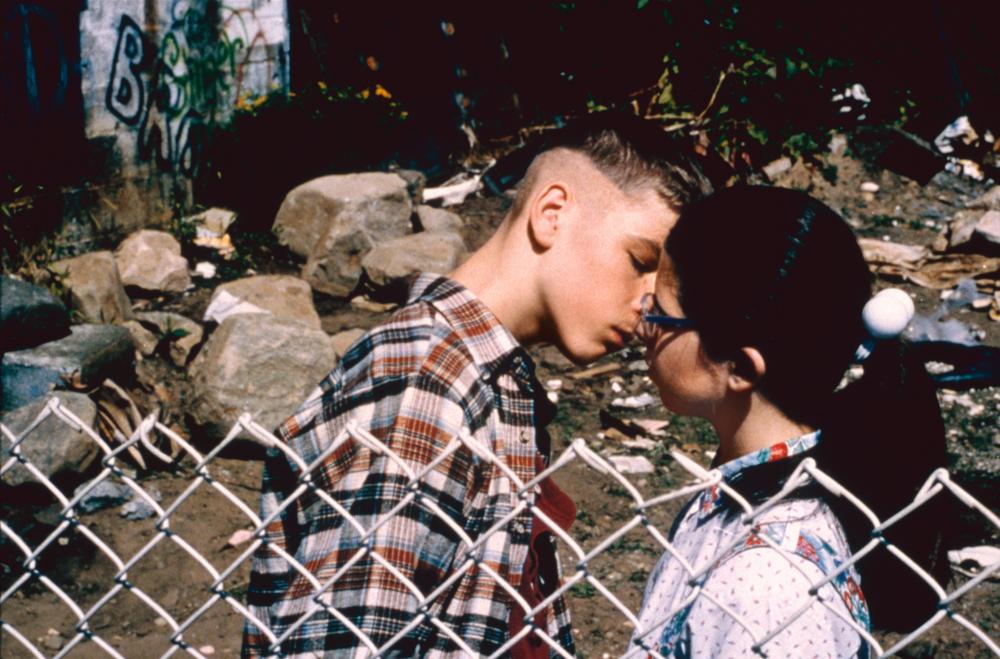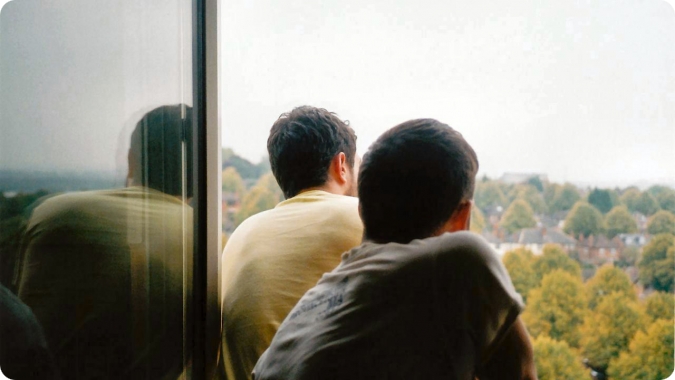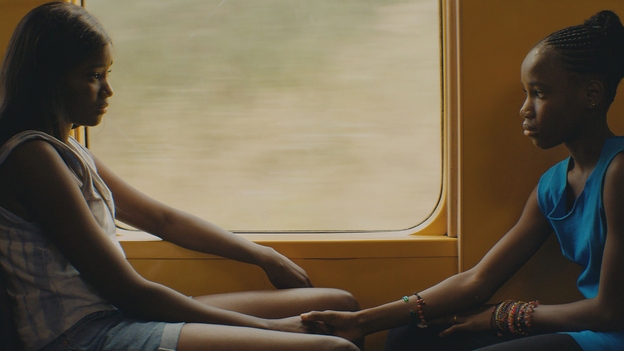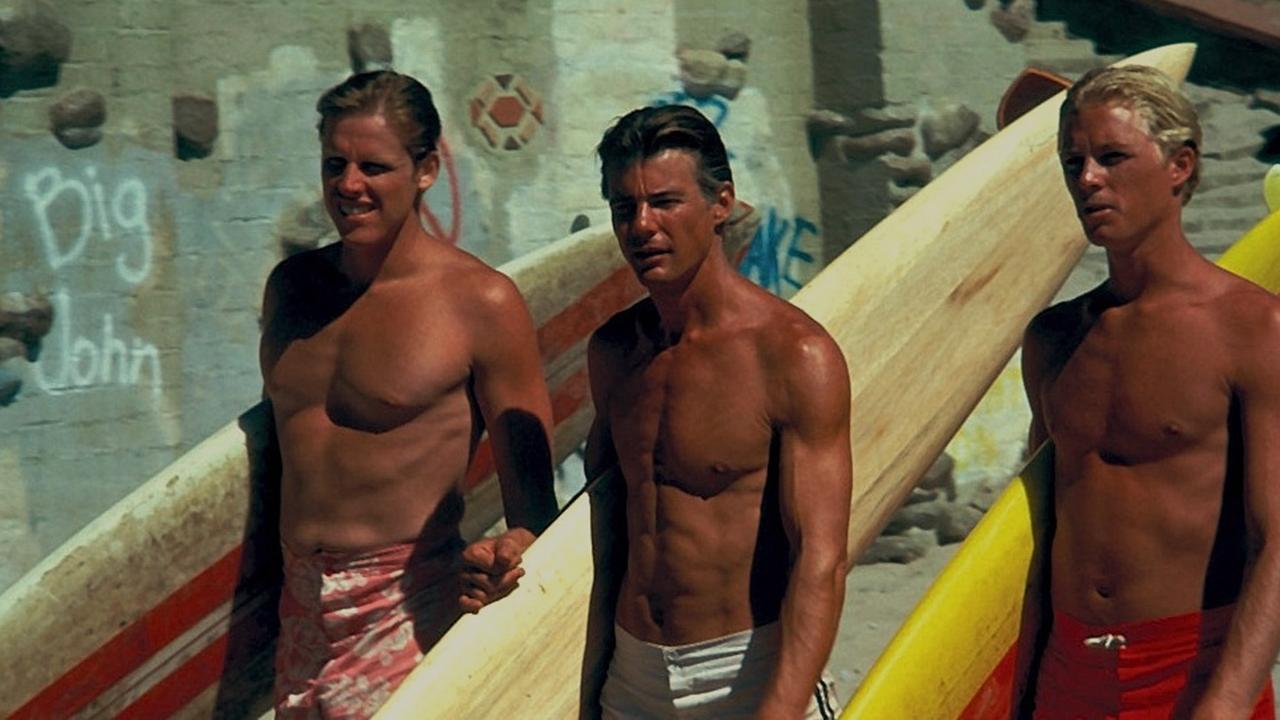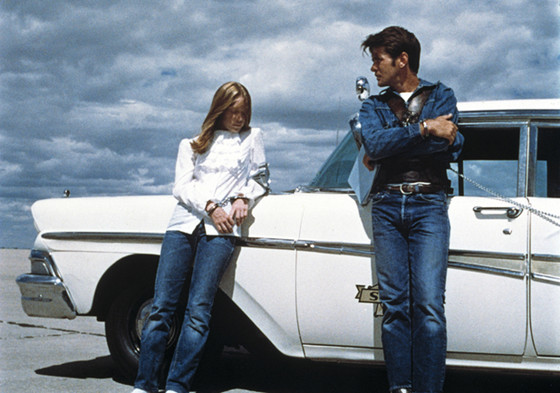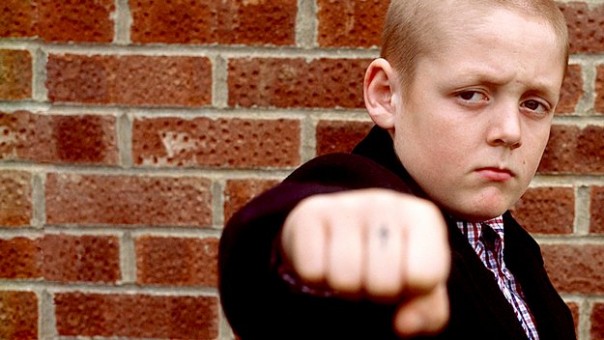8. Welcome to the Dollhouse (Todd Solondz, 1995)
With awkwardness, bullying, confusing sexuality, and parental neglect all effecting the 11-year-old Dawn Wiener, we follow her on a journey through middle school. Dawn is shy and constantly ridiculed by her classmates, causing her extremely withdrawn personality. Her family is near absent in her emotional development. Dawn is over shadowed by her 8 year-old sister and 17 year-old brother, who get all the attention.
The ridicule contrasts with her budding sexuality that she experiences in the film. Dawn’s school life is worse, a particular bully in school named Brandon even threats to rape her. When he takes Dawn to an open field to attack her, he reveals a sensitive side under his angry demeanor, turning the situation into a sweet kiss.
The two begin a small romance in the film until Brandon runs from his own horrible home life. Dawn’s life is full of disappointment with no comforting support around her. She fights for personal growth and success, but with no help she is left to her own devices.
The film has a dark humor element that allows the action to be awkwardly funny. Todd Solondz is a master of black comedy and this film is one of his darkest. Dawn is played by Heather Matarazzo in an incredible acting performance for such a young girl. The film is heartbreaking, funny, sad, and uplifting all while dealing with such dark themes of alienation.
7. Weekend (Andrew Haigh, 2011)
This film is a whirlwind romance between two young men told as an event of self-discovery. Talking place in Nottingham, U.K., the film concerns the emotionally restrained, Russell and emotionally damaged, Glen. The two have a chance meeting at a night club, their one night stand quickly expanding to a weekend of deep intimacy. Russell wants Glen to be his boyfriend after only minimal time together, but Glen says “he doesn’t do boyfriends”.
As the film develops, Glen reveals his issues with trust after infidelity in a past relationship. This leaves Glen with a fear of commitment. Russell on the other hand is withdraw, a result of his inability to express his sexuality openly.
The contrast between their personalities and ways of life make their love affair brilliantly designed. These character are at crossroads in their emotional development on the cusp of adulthood. Glen and Russell help each other with love and intimacy that will set forward a positive direction for both of their futures.
The film deals with many themes, most notably the effects of relationship on shaping world views. Glen is absent after being hurt, while Russell is reserved from a life of emotional seclusion. Simple premise, heavy dialogue, and deep emotional express all come together in a quaint and beautiful film.
6. Girlhood (Celine Sciamma, 2014)
This recent french film is heavy look at environment and development’s endless war of chess. The film chronicles 16 year-old Marieme and her struggles in a rough suburban neighborhood outside Paris. She has troubles in school and at home, her mother is distracted with work, leaving her domineering older brother in charge.
Marieme eventually falls in with a violent gang of girls who fight, steal, and indulge in drugs and alcohol. Marieme is eventually totally immersed in her new gang identity, even being dubbed the new name of Vic. Her gang life active is a perfect parallel for her search for independence. Vic eventually incites her own violent acts against rival gang groups, asserting her new found power. Director Celine Sciamma created this film because she wanted to create stories for the black teenagers of France.
The unapologetic nature of the film creates a tale of perseverance and acceptance with a dark context. Marieme/Vic’s actions show a transformation. She becomes a strong person, but at a cost. She gains confidence, but within a world of violence.
The themes of the film are not easily digestible. They present questionable actions without painting a clear line of positive or negative. Girlhood is slowly gaining traction in the United States and it is a fantastic window into the current cinema of France, with a universal story of adolescence.
5. Big Wednesday (John Milius, 1978)
Directed by the infamous director John Millius. this film chronicles three die-hard surfer friends as they grow up in the 1960s. The friends are a well rounded group of varying personalities that match together to create a realistic group. Jan-Michael Vincent’s character is carefree, William Katt plays the responsible member, and Gary Busey is the manic and destructive of the three. The friends navigate through the different aspect of 1960s culture.
The main experience that effects them being Vietnam. The three friends draft dodge together to avoid combat. The group spends their time partying and surfing, embracing the excess of the decade. Though adulthood slowly creeps up on the group as marriage and the death of their friends in war become all too real. Eventually the group parts ways as time passes.
When they decide to reunited later, is revealed the Katt character ended up in the Vietnam War. They decide to surf together for a final time, closing out their childhoods. The film has a classic feel and understanding of the slow separation that occurs as people have their own lives and paths.
The nostalgia of youth is perfectly idealized while being realistically represented. Milius has said that he pulled from his own life to craft the film’s story and its clear by the attention to real emotional change and development.
4. L.I.E. (Michael Cuesta, 2001)
An exploration of adolescence sexuality and even the power sex can have over people’s actions, L.I.E. is a film that has challenging themes and characters. The main character Howie, played by a young Paul Dano, is a 15 year-old whose mother has recently died on the Long Island Expressway. He is a troubled young man, who falls in with a gang of boys who commit juvenile crimes and even hustle for sex. Howie makes friends with the leader Gary.
The two have a sort of romance, but Howie is unsure of his own sexuality. Brian Cox’s character then enters the story as a character named Big John. This character is an Ephebophiliac, attempting to have relationships with young boys. Big John and Howie develop a relationship, platonic, but with frank discussions of sex that complicates Howie’s life. Gary implies that Big John was one of his “biggest customers”, which raises the tension of the film.
L.I.E. tells an extremely challenging story for general audiences. Its looks at a complicated develop of a young man who is lonely and misunderstanding how sexual growth. The ephebophilia in the film is no easy subject, especially when seen through the eyes of a “victim”. L.I.E. gives no easy answers about sexuality and development.
3. Kidulthood (Menhaj Huda, 2006)
Kinetic and uncompromising, Kidulthood is a fast and lawless look at the lives of teens in The Midlands of central England. The film has a cutting edge style of British fast paced energy. The main characters are shown as violent and uncaring for their own safety of themselves and others as they are on the verge of their adulthoods.
The film follows an ensemble circle of friends of varying connection, as well as their enemies. The ages of the friends are all around 15-years-old making all their actions even more shocking. Petty violence is a major theme, with bullying and intimation leading to explosions of aggression and fear. The West London setting gives off an air of boiling intensity.
The film pulls no punches, dealing with teen pregnancy as deeply frightening and even showing a character ending her life from being emotionally abused by a group of schoolmates, that are characters themselves. Kidultuhood’s energetic camera style and editing is perfectly married with its themes.
Violence begetting more violence slowly reveals itself to be a central driving force of the films themes. The violent bullying of the younger characters, whether abuse or sexual, results in only more violence and disregard for self.
2. Badlands (Terrence Malick, 1973)
Gorgeous cinematography and youth gone wild connect together in Terrence Malick’s debut film. Based on the lives and murder spree of Charles Starkweather and Caril Ann Fugate in the late 1950s, the film illustrates how a sheltered young woman can be blinded by romance and freedom.
Sissy Spacek stars as Holly, an isolated 15-year-old girl, estranged from her father after the death of her mother and living in a dead-end town. Holly meets a psychopathic 25-year-old greaser named Kit, who she falls for. Kit is played by Martin Sheen and his character is given a romantic James Dean style and presence.
The relationship between Kit and Holly is shown as flowery and emotional, which contrasts with the horrific crime and violence they inflict upon people. Badlands brings up ideas of hormones and isolation evolving to blindness. Young people not looking at their actions, but using their new found freedom and love to throw off the chains of adult oppression. The film is a startling internal fantasy, shown as messy and violent.
1. This Is England (Shane Meadows, 2006)
Joyous and angry, welcoming and alienating, loving and hating, this film from Great Britain incapsulates growing up in a gang of skinheads. England, during the 1980s, saw a growing subculture of these skinheads, without violence and racism. They embraced ska and reggae music along with the “New Wave” style of dress. This inspired a decade of new music and fashion that would resonate in culture at large.
Although, as the film illustrates, this subculture of skinheads was slowly adopted by people pushing a white nationalist state for England. This causes a shift and fissure in the main group of friends, a microcosm of the divided the country.
The guide into this troubling time is a lonely 12-year-old boy named Shaun. He has a dead father and struggling mother, which leads him to have violent outbreaks in school. He eventually meets a kind apolitical gang of skinheads lead by the friendly Woody, who takes a likely too Shaun.
Although after the entrance of a violent character named Combo, Shaun’s internal anger turns to embracement White Nationalism and the incitement of racial violence. The situation increases in danger and anger as Shaun finds his life unravelling along with the pain that always steered him.
This Is England has many themes of friendship and isolation in youth, while also tackling the jeopardy these young minds can find themselves when swept up into idealism.
Author Bio: Joshua Greene is a señor year Electronic Media and Film college student from Delaware. He is an experimental filmmaker and budding film theorist. He is also a working model.
